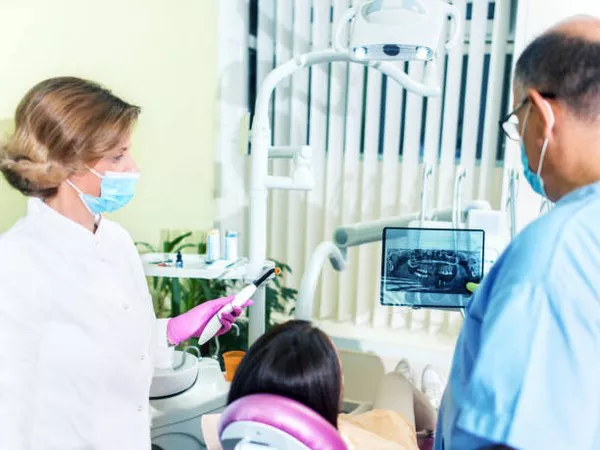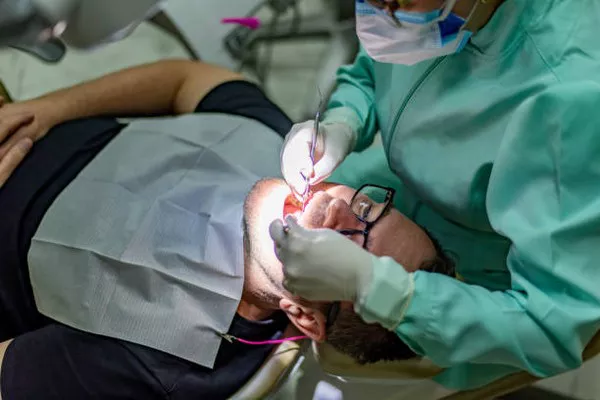A bright, white smile is highly desirable for many people. It can help boost confidence and make you look younger and more attractive. Unfortunately, many things can cause teeth to become yellow or discolored over time, including aging, poor oral hygiene, certain medications, and lifestyle habits such as smoking or drinking coffee.
While there are many commercial products available that claim to whiten teeth, not all of them are effective or safe. In this article, we will explore various methods that can help get rid of yellow teeth safely and effectively.
Maintaining Good Oral Hygiene:
The first step in preventing and treating yellow teeth is to maintain good oral hygiene. Brushing your teeth twice a day with a fluoride toothpaste, flossing daily, and using an antiseptic mouthwash can help remove plaque and prevent stains from forming on your teeth.
It’s also important to visit your dentist regularly for cleanings and check-ups. Your dentist can identify any underlying dental problems that may be causing your teeth to become yellow and recommend appropriate treatment options.
Natural Remedies:
There are several natural remedies that can help whiten teeth without the use of chemicals or harsh abrasives. Some of these include:
Baking Soda: Baking soda is a mild abrasive that can help remove surface stains from your teeth. Mix it with water to form a paste and brush your teeth with it once or twice a week.
Hydrogen Peroxide: Hydrogen peroxide is a natural bleaching agent that can help lighten the color of your teeth. Mix it with water and use it as a mouthwash or apply it directly to your teeth with a cotton swab.
Apple Cider Vinegar: Apple cider vinegar has natural whitening properties and can help remove stains from your teeth. However, it’s important to use it in moderation as it can erode your enamel if used too frequently.
Teeth Whitening Products:
If natural remedies aren’t effective, there are many teeth whitening products available that can help lighten the color of your teeth. These include:
Over-the-counter Whitening Strips: Whitening strips are thin, flexible plastic strips coated with a bleaching agent that you apply to your teeth for a specified amount of time. They are relatively inexpensive and easy to use, but may not be as effective as other methods.
Custom-Fitted Whitening Trays: Custom-fitted trays are made by your dentist and fit over your teeth like a mouthguard. They are filled with a bleaching gel and worn for a specified amount of time each day. They are more expensive than over-the-counter whitening strips but are generally more effective.
In-Office Whitening Treatment: In-office whitening treatments are performed by your dentist and involve applying a bleaching agent directly to your teeth. The process takes about an hour and can provide significant results in a short amount of time.
Lifestyle Changes:
In addition to maintaining good oral hygiene and using whitening products, making certain lifestyle changes can also help prevent and treat yellow teeth. These include:
Quitting Smoking:
Smoking is one of the main causes of tooth discoloration and can also lead to gum disease and other dental problems. Quitting smoking can help improve the color of your teeth and overall oral health.
Limiting Staining Foods and Beverages:
Certain foods and beverages such as coffee, tea, red wine, and dark-colored berries can stain your teeth. Limiting your intake of these foods and beverages or rinsing your mouth with water after consuming them can help prevent stains from forming.
Conclusion:
Yellow teeth can be unsightly and affect your confidence and self-esteem. Fortunately, there are many safe and effective methods available that can help get rid of yellow teeth. Maintaining good oral hygiene, using natural remedies, whitening products, and making certain lifestyle changes can all help improve the color of your teeth and overall oral health. Consult with your dentist to determine which method is best for you.
Related Topics:






























